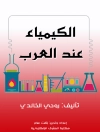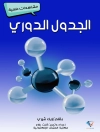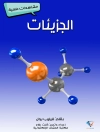This book summarizes the types, contents, analytical methods, formation mechanisms and control strategies for hazardous substances produced during the thermal processing of foods. In each chapter, hazardous substances such as dicarbonyl compounds, acrylamide, furan, heterocyclic amines, trans-fatty acids, and advanced glycation end products (AGEs) are covered and discussed in terms of analytical methods, formation mechanisms and mitigation strategies.
The content chiefly focuses on how these hazardous substances are formed during thermal processing and what can be done to mitigate or eliminate them in food products (e.g. those prepared at higher temperatures by baking, frying or roasting).
The major objective of this book is to provide a timely and informative guide for researchers and graduate students in the fields of food chemistry, food ingredients, food analysis, food safety, food processing, chemical toxicology, disease prevention and health promotion.
Mục lục
Chapter 1. Brief Introduction of Food Processing Methods and Chemical Hazards Formed During Thermal Processing.- Chapter 2. Alpha-dicarbonyl Compounds.- Chapter 3. Acrylamide.- Chapter 4 Furan.- Chapter 5. Heterocyclic Amines in Foods: Analytical Methods, Formation Mechanism and Mitigation Strategies.- Chapter 6. Advanced Glycation End Products (AGEs).- Chapter 7. Other Chemical Hazards.- Chapter 8. Conclusions and Future Directions.
Giới thiệu về tác giả
Dr. Shuo Wang is a professor of Nankai University, Tianjin, China.












